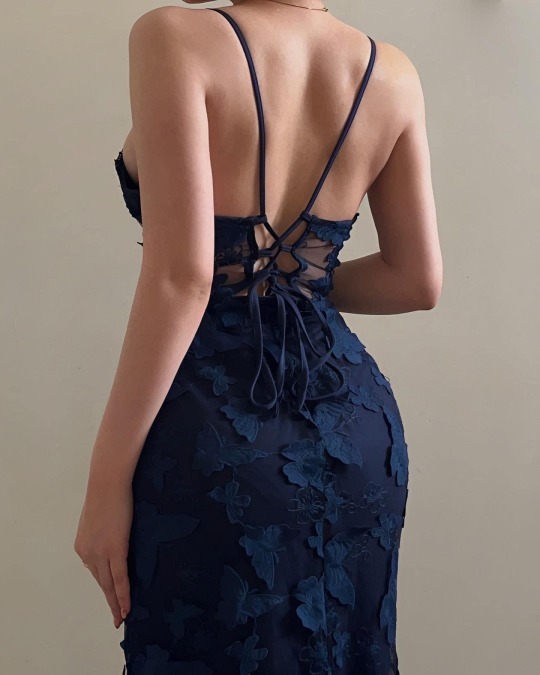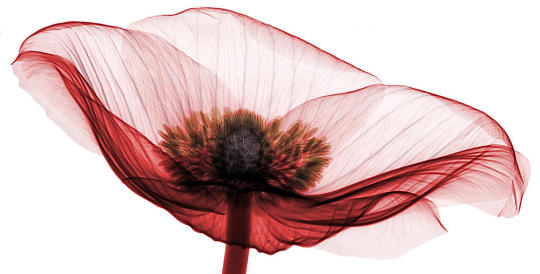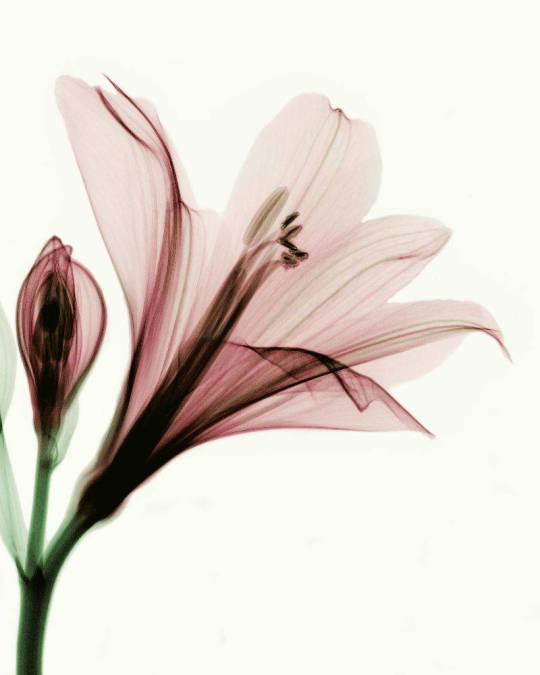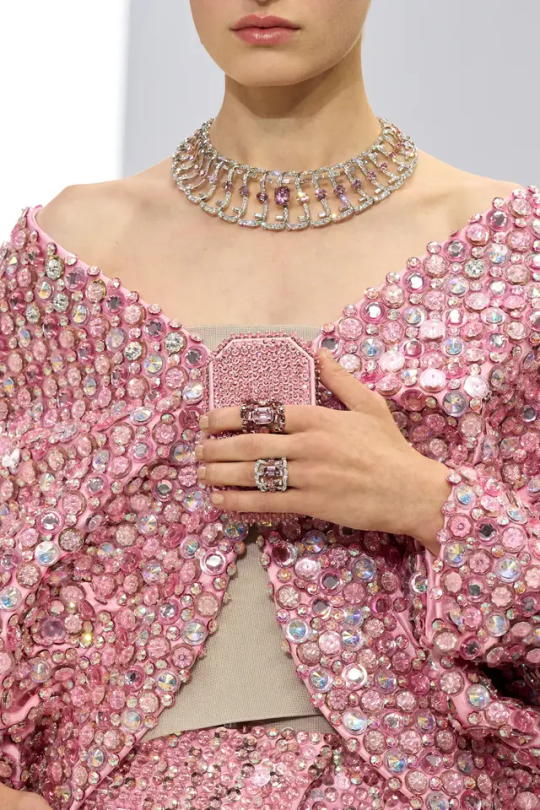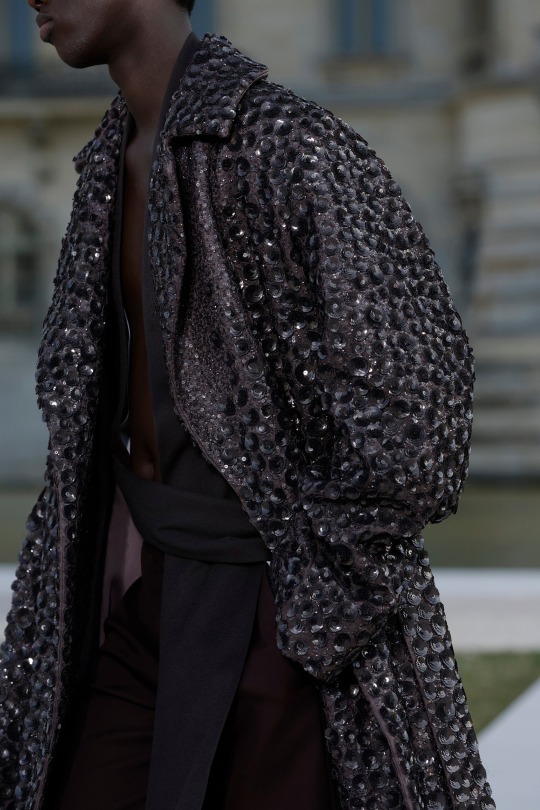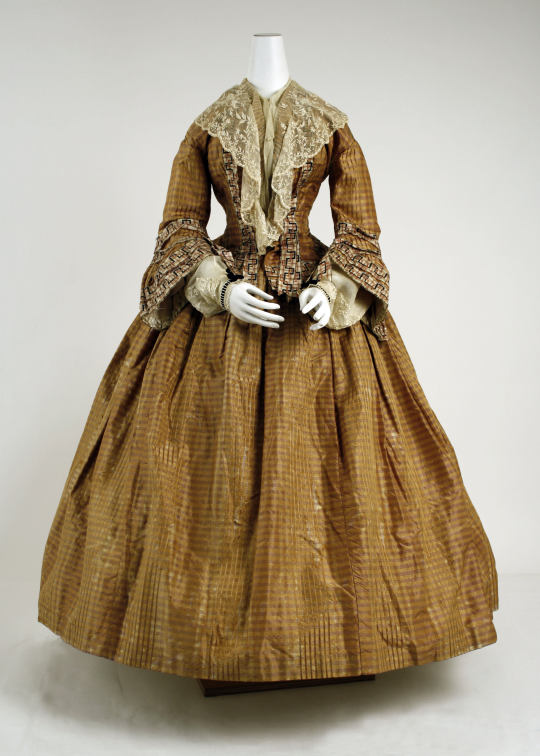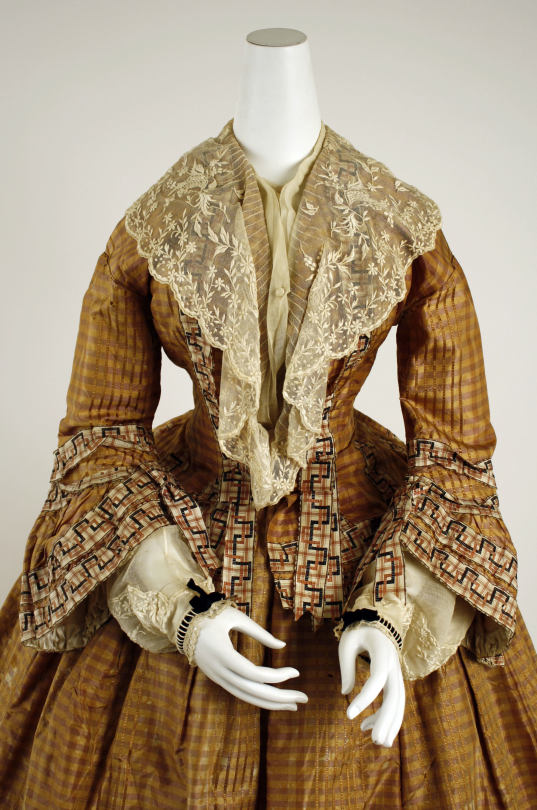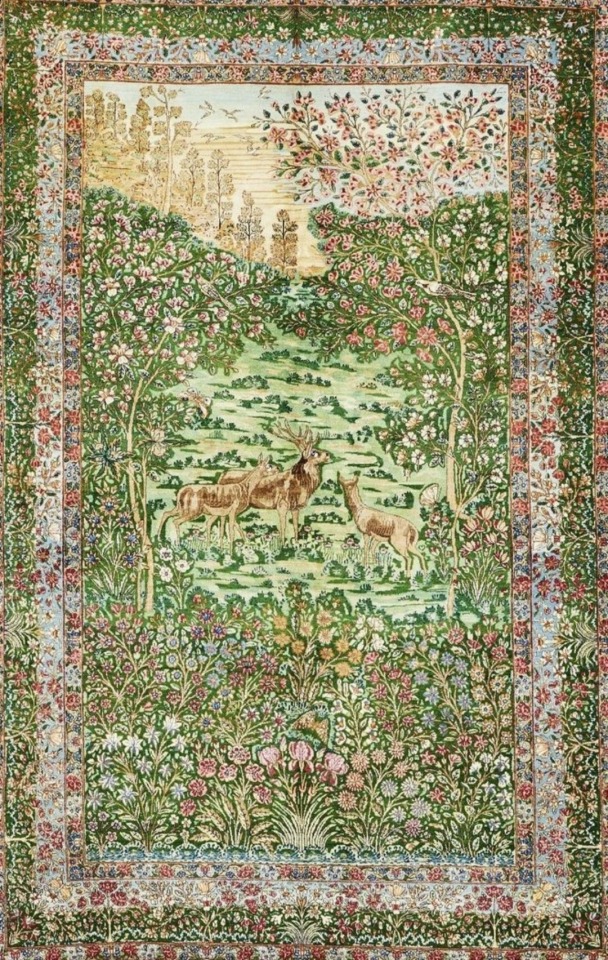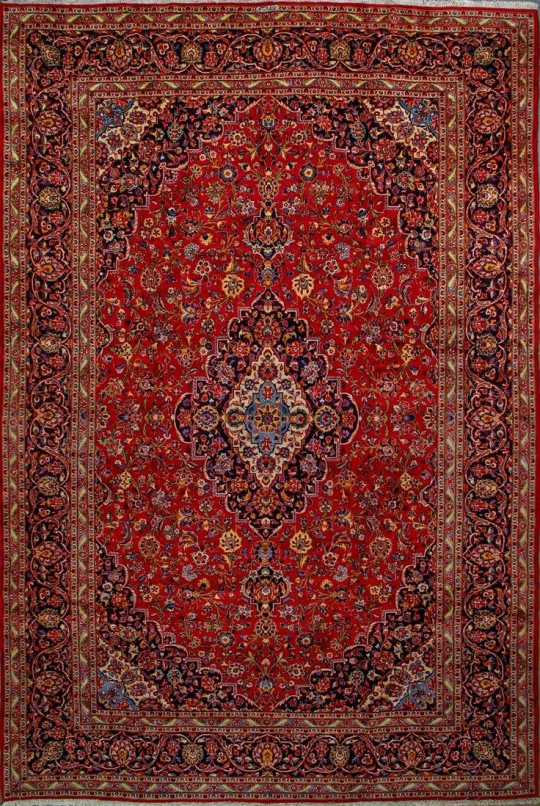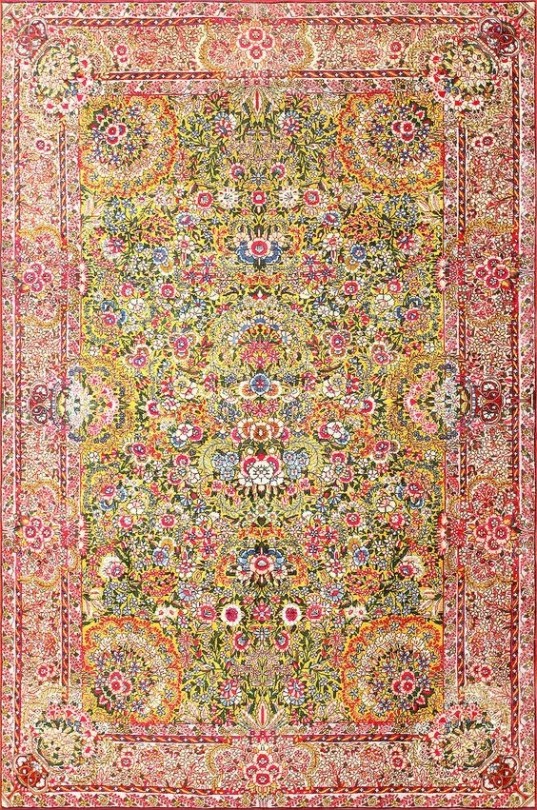Text
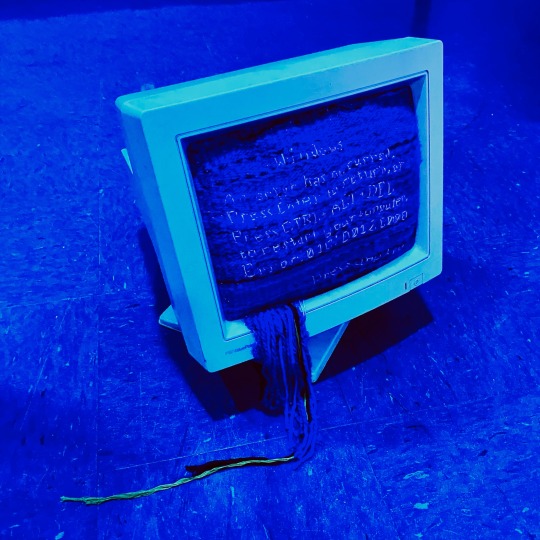


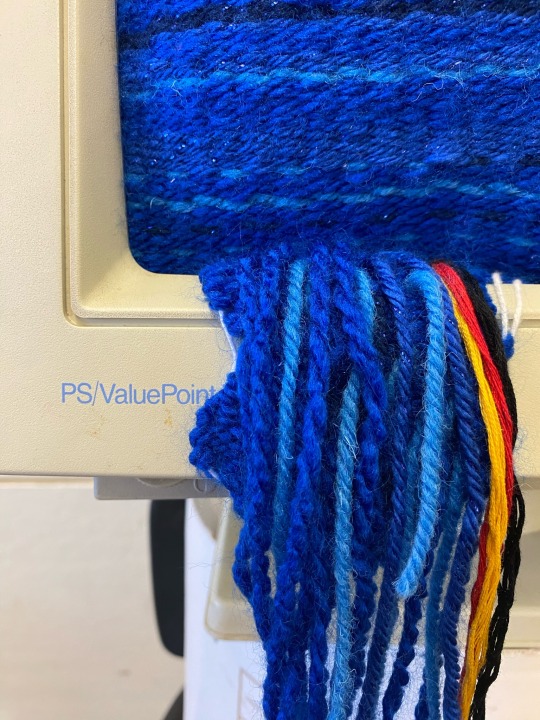
an exception has occurred - tapestry weaving w/ embroidery mounted in a crt monitor - february 2023
12K notes
·
View notes
Note
so i’ve been drawing ulster cycle/tain bo cuailnge characters for a while now and a problem that i have repeatedly run into is that i have no idea how these people dress. their clothes always end up looking wrong and i don’t know where to look to find good info about it or references to work from, and it can be difficult to differentiate the more faithful depictions from the stereotypical “ancient celtic warrior” stuff, especially since i’m not well versed in most of the texts they’re based on. do you have any advice/resources/tips/anything to help? thanks :)
i am not particularly an expert on historic clothing and i have to admit it's not an area i have a great deal of knowledge about in the context of the ulster cycle specifically but here are some thoughts!
a good starting point would be the descriptions of clothes within the texts themselves. so you can just go to the online edition of o'rahilly's translations (recension 1 / book of leinster) and search a word like "cloak" or "tunic" and get all the descriptions of cloaks and tunics that show up in the story itself. e.g:
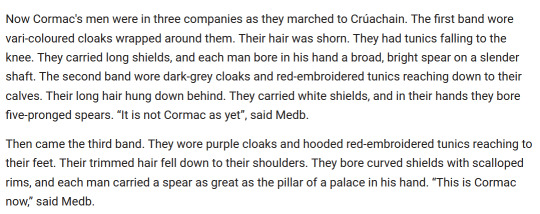
this is a good starting point bc what you'll be representing is at least clothing as it's presented in these stories even if it doesn't necessarily 100% represent historical fact, because it's often stylised, idealised, uses colours for symbolic value rather than practicalities of dyeing etc
(here's a link to the index of translated texts on this part of the CELT site if you wanna have a browse for others)
but that can be tricky without visual references which is where you start needing other sources
and that's where it's worth noting that the ulster cycle texts are set a long time before they're written, but the material culture in the stories is generally neither a historically accurate representation of the distant past, or a totally contemporary and up-to-date depiction of what people were wearing at the time (bc there's a degree of archaising and trying to make stuff sound old and also drawing on earlier sources). so you end up with multiple options for what period you might be trying to represent -- ~1st cent BCE when they're set? ~8th cent when our earliest surviving stories show up? ~11th-12th cent when TBC was written in its surviving form?
the good news is that you can probably learn a lot from reenactors and experimental archaeologists and living history types -- from vikings in ireland through to normans in ireland is pretty well covered in that regard, but there's some earlier bronze-iron age stuff as well, and that should give you some visual references to draw on. i'm sure some more reenactment and living history minded followers of mine will have specific recs for resources there, but you could try looking at the UCD experimental arch folks, craggaunowen living history centre in the west of ireland (they have a video on weaving and clothing), the dublinia museum for viking-age stuff, etc
and the big advantage of the texts not being "historically accurate" themselves is that you don't have to stick too closely to a specific century or whatever if you don't want to! not that the basic design of a tunic would change a huge amount but if you wanna mix and match the vibes somewhat, nobody could really call you out on it
the HARDEST part is probably representing armour, which shows up fairly rarely, but you've got things like cu chulainn's 27 'waxed shirts' and i've seen various theories about what that's supposed to entail but i don't think there's a definite answer. having said that, most of the time he's not wearing that so you can just... ignore it, if you want to and don't want to conform to any specific theory about it lol
finally you can't go wrong with tunics. just layers of tunics. long tunics under short tunics. tunics with cloaks. fancy tunics. simple tunics. people loved a tunic
22 notes
·
View notes
Text
40K notes
·
View notes
Text
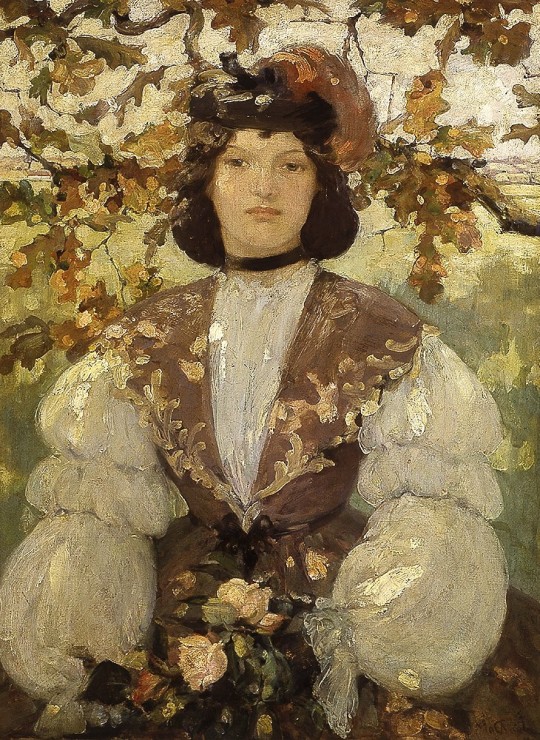
'A Girl of the Sixties' (1899) by Elizabeth MacNicol (1869–1904).
Oil on canvas.
Wikimedia.
79 notes
·
View notes
Text

Day Dress
Early 1860s
By the early 1860s the width of the skirt, supported by the crinoline frame, had reached its zenith. Such a surface area provided the perfect canvas for bold, decorative effects, and contemporary photographs, fashion plates and surviving garments show large designs of strongly-contrasting applied velvet or braid encompassing the skirt above the hem, echoed on a smaller-scale on the bodice.
The maker of this unpretentious one-piece day dress has interpreted this fashion in a simple, but effective, manner. Black velvet ribbon has been stitched to the bodice to suggest a yoke, and diagonal strips of ribbon with pointed ends have been applied to the base of the skirt at intervals, and to the tops of the sleeves.
The dress has been made by hand from a worsted wool fabric, possibly incorporating linen, which has a slightly harsh but practical character; it is woven with bands of simple black pattern which have been matched symmetrically on both bodice and skirt. In common with many one-piece dresses of this date a small watch pocket has been inset at the left front waist seam. The dress��s one concession to complexity is the construction of the sleeves which are pleated into a piped curved seam running down the front of each sleeve.
The John Bright Collection
155 notes
·
View notes
Text
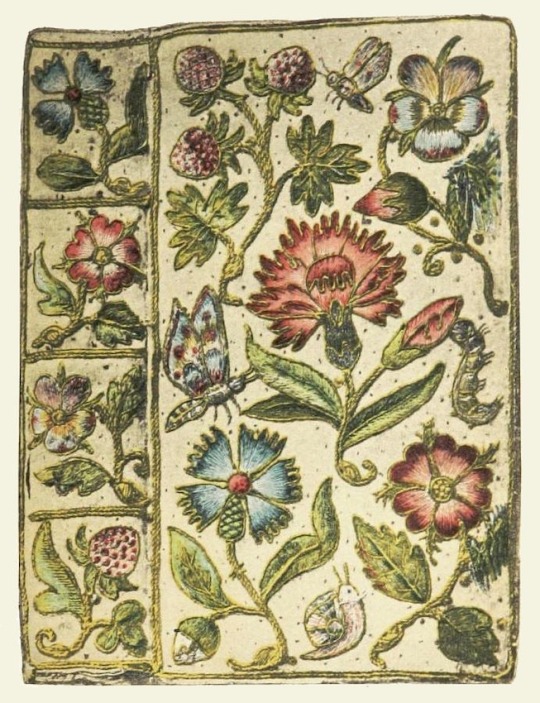
HORAE SUCCESSIVAE by Henshaw (1632)
Beautiful book cover of white satin with a floral design edged in gold cord, featured in Cyril Davenport’s English Embroidered Book-bindings (1899).
796 notes
·
View notes
Text
30K notes
·
View notes
Text
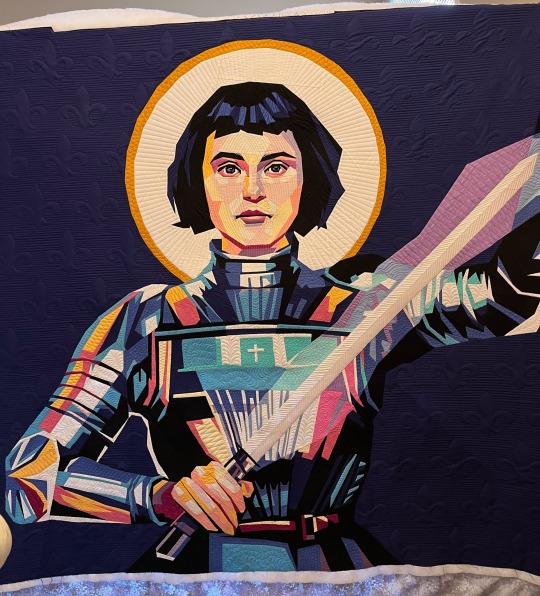
The second time I quilted Joan of Ark.
This one just got first place at the Utah State Fair
56K notes
·
View notes
Text
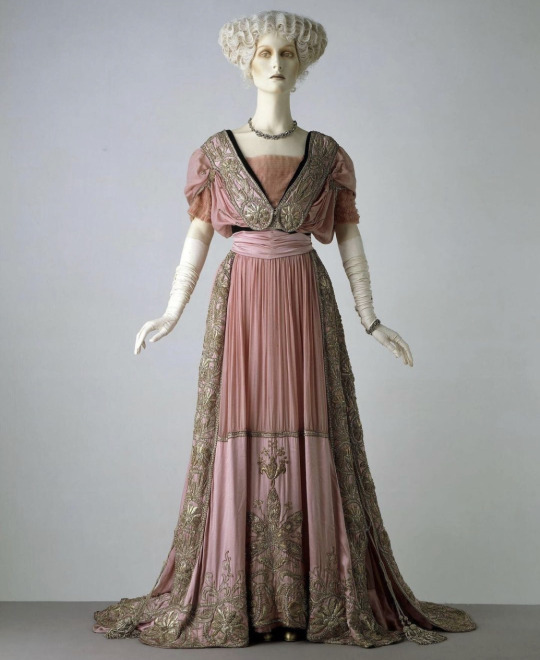
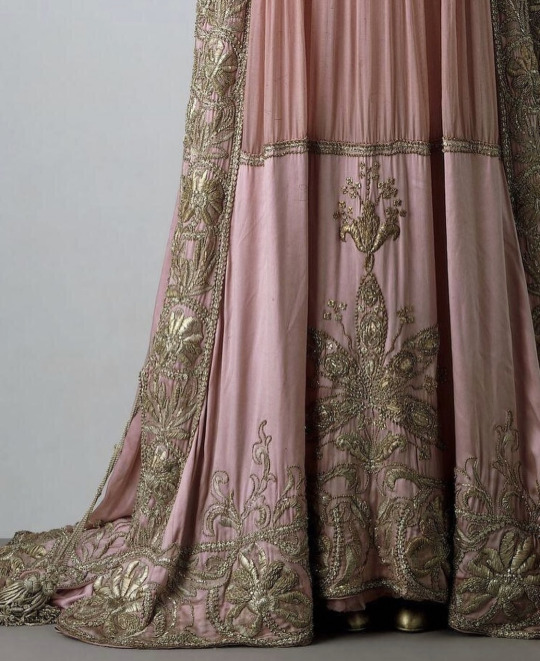

c. 1908
evening dress
made of satin, silk embroidered with silver-gilt strip, coil, thread, spangles, pearls and diamantes, trimmed with velvet
Jays Ltd, V&A Museum
1K notes
·
View notes

